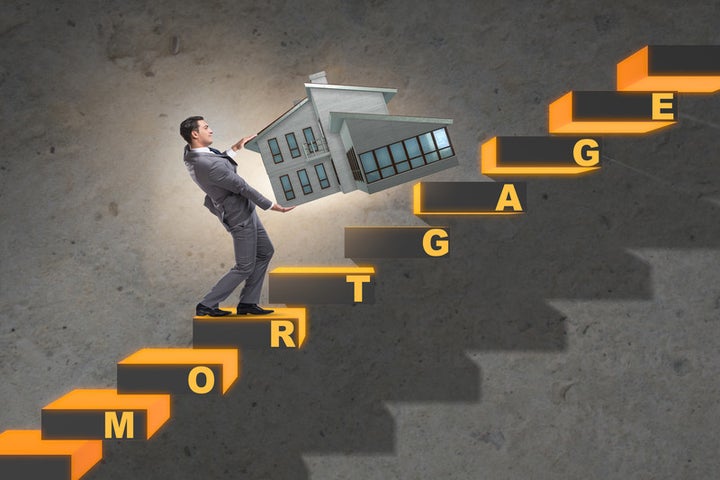
For decades, the principal motivation driving home mortgage design was to increase affordability. The logic was that homeownership was desirable, and the more affordable mortgages became, the higher would be the homeownership rate. As a result, the typical mortgage, which had a down payment of 40 percent and a term of 10 years in the 1920s, today has 5 percent down and a 30-year term.
But the winds are now blowing in a different direction. With people living longer and fewer covered by defined-benefit pension plans, entering retirement with a loan balance and a mandatory monthly payment is a prescription for trouble. Viewed from this standpoint, the prevailing mortgage types designed to facilitate home ownership are problematic because they take so long to pay off. A search is on for ways to accelerate the repayment process.
One intriguing approach has been suggested by Wayne Passmore and Alexander H. von Haften, who are economists at the Federal Reserve Board, in a working paper titled "Financing Affordable and Sustainable Homeownership With Fixed-COFI Mortgages." Their central idea for encouraging more rapid equity growth is to trade off the borrower's right to refinance when interest rates fall, which imposes a heavy cost on lenders, for larger principal payments.
With prepayment penalties abolished, borrowers today are free to take advantage of declining interest rates to refinance. However, the lower rates obtained by refinancing do not accelerate the growth of borrower equity. Quite the opposite: While most refinancing borrowers reduce their monthly payment, they increase their loan balance. The "limited cash out refinance" option of Fannie Mae, Freddie Mac and FHA allows borrowers to finance their closing costs and receive up to $2,000 cash without paying the penalty associated with cash-out refinancing.
Passmore and von Haften would offer borrowers faster balance reduction in place of the lower monthly payments they obtain through refinancing. They would do this by eliminating the right to refinance a new dual instrument, which is fixed-rate to the borrower (an FRM) but adjustable rate to the lender (an ARM). Since the interest rate on the ARM is generally lower, the payment made by the borrower exceeds the payment remitted to the lender, and the surplus is available to pay down the FRM balance.
The complication in this proposal is that ARMs may be subject to an interest rate spike, at which point the ARM payment will exceed the FRM payment. If previous surpluses were used to pay down the FRM loan balance, they would not be available to make the larger ARM payment required by a rate spike. To deal with this problem, the surpluses are placed in a reserve account for some period before being withdrawn to pay down the FRM balance. In response to my question about when this happens, Passmore said that the rules "are decided by a contract between a homeowner and lender."
If the high-rate period lasts long enough, the reserves could be exhausted and the only way to avoid default on the ARM payment would be to increase the loan balance on the FRM – negative amortization, which would be the opposite of the program's objective. The probability of this occurring is very low, but it is not zero. In his letter to me, Passmore wrote, "We do not allow negative amortization, and instead focus on the lender purchasing insurance against this possibility."
An alternative approach avoids the complications introduced by the need to deal with an interest rate spike. Under this approach, which focuses solely on the FRM, the lender makes a principal payment expressed as a percent of the loan balance in exchange for the borrower relinquishing the right to refinance. The monthly payment is not affected. For example, assume the lender offering a 30-year FRM at 3.75 percent and zero points on January 8 is willing to pay 1 percent of the loan balance every month in exchange for elimination of the borrower's right to refinance. In that case, the extra principal payments would cut the loan term to 25 years and increase the borrower's equity after 24 months by 2 percent.
Lenders should be willing to make even larger payments to principal if the loan rate increases correspondingly. For example, the lender willing to pay 1 percent on a 3.75 percent FRM should be willing to pay 3 percent on a 5.75 percent FRM. This extra payment would shorten the term to less than 20 years and increase borrower equity after 24 months by 5 percent. The downside would be a 40 percent increase in the monthly payment.
The figures cited in the two paragraphs above are drawn from a spreadsheet on my website, Extra Payments on Monthly Payment Fixed-Rate Mortgages.
